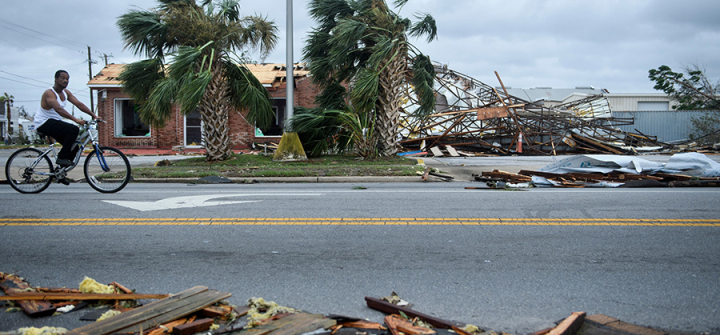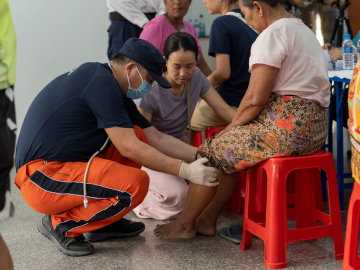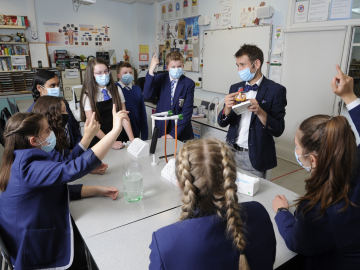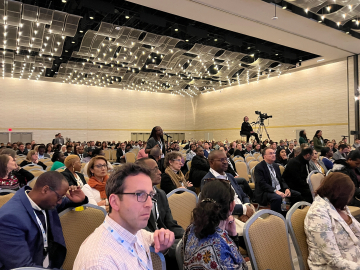Journalists Stand and Deliver
This past week, my old friend Mike Cazalas was driving the streets of Panama City, Florida in a borrowed Ford Mustang with 2 bundles of newspapers beside him. He handed out copies of the Panama City News Herald to residents of the town battered by Hurricane Michael, as recounted by a poynter.org article.
Some of the people who received a paper cried.
The paper was the first real news many had received from the outside world and the first sign of normalcy for them since the massive storm burst from the Gulf of Mexico and blasted the white-sand beaches of the Florida Panhandle on October 10. Michael has caused a still-rising number of deaths and billions of dollars of destruction that reached into Alabama and Georgia.
I never had to endure a hurricane when I worked for the News Herald. My first job out of college was the paper’s police reporter, taking over for Mike who had been promoted to cover Bay County government. (He’s now regional editor for the paper.) The stories I heard about previous hurricanes in the area involved employees’ families coming to the office because the News Herald building was supposed to be hurricane proof. An editor told me that toddlers would wander the aisles of desks and you’d pull one up on to your lap and talk to her for a minute before setting her down and returning to your keyboard.
That wasn’t the scene for Michael. The paper’s staff took shelter in an interior room. Mike shot a Facebook Live video from his office—until he felt the front wall of the building move (at about the 13-minute mark). They survived but the storm peeled open part of the roof over the printing press. Outside, homes and apartments were blasted to splinters. Trees were toppled onto power lines. Boats were heaved up on to land. Roads were buckled by the Gulf’s surge.
Many of the reporting staff didn’t know how their homes or families had fared. And they went out and did their jobs, reporting on the disaster. As News Herald reporter Eryn Dion tweeted on October 11, “With damaged homes, no power or cell service, our reporters have been hard at work.” Area newspapers and a sister publication helped the News Herald get their reporting out to the world, even printing the paper while the presses are repaired.
Global Health NOW often covers the work of scientists, researchers, health workers, government officials, NGO workers and others who work to improve population health. But to bring you news of their impact and their struggle, we rely on journalists who are out there every day gathering facts and sharing stories. We too rarely recognize their work, their contributions to our understanding of a complex world.
They bring us the news. It mostly arrives via the Web today, but sometimes it’s delivered by hand by a hero in a borrowed Mustang.
A bicyclist rolls past a devastated Panama City, Florida streetscape after Hurricane Michael. (Image: Brendan Smialowski /AFP/Getty Images)





